OVERVIEW
The market for urgent care apps is expected to reach USD 2,714.5 million by 2024, rising over the forecast period at a CAGR of 39.41%. Due to the increased use of smartphones and increased penetration of 3G and 4G networks, and rising number of road accidents across the globe has increased the demand for urgent care apps. Therefore, growing emphasis on providing patient-centered healthcare worldwide drives market growth.
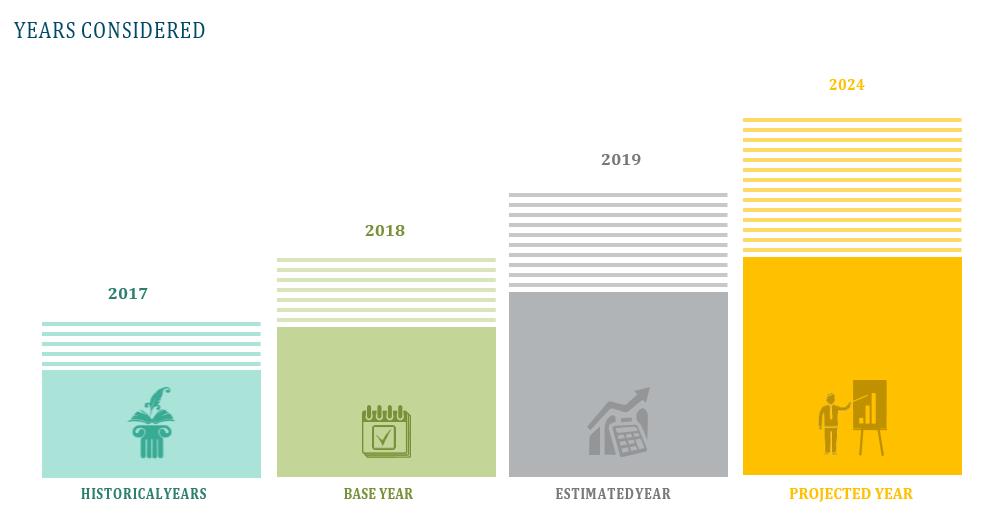


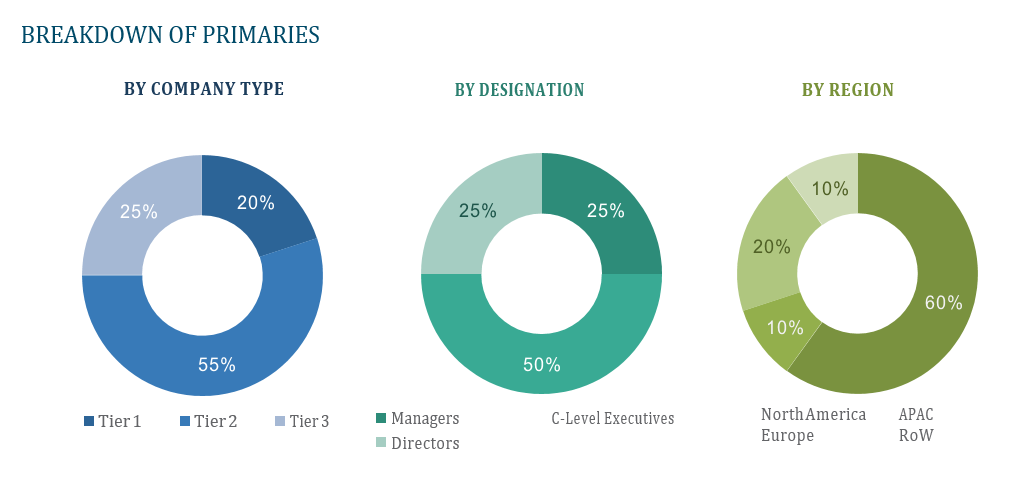
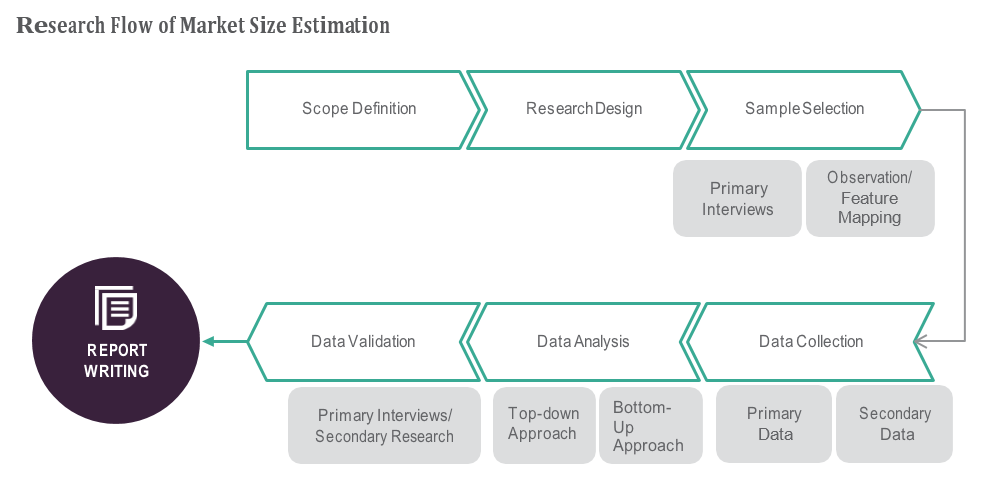

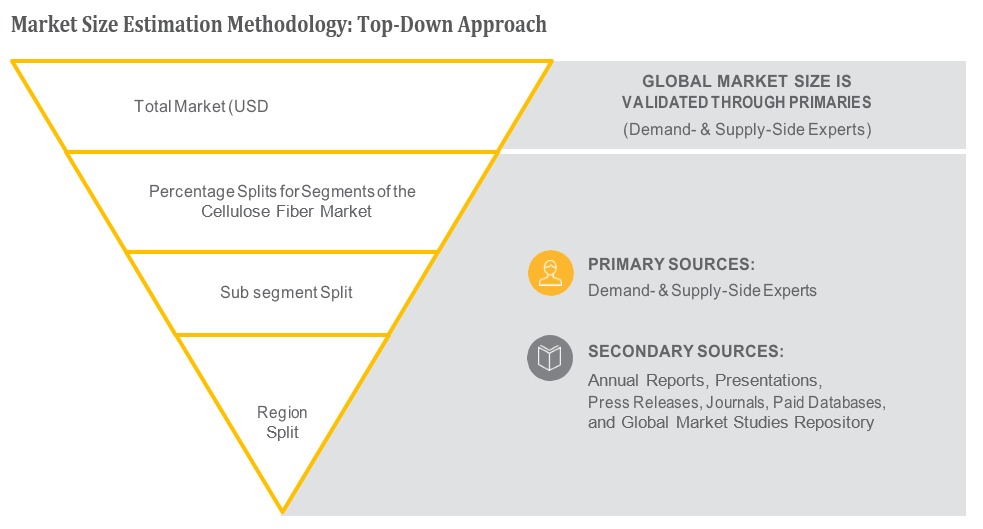
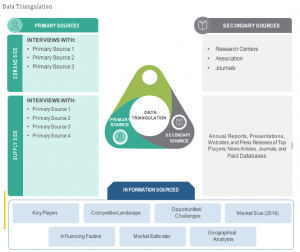
TABLE OF CONTENT
1 Global Urgent Care Apps Market
1.1 Study Objectives
1.2 Market Definition
1.3 Study Scope
1.3.1 Markets Covered
1.3.2 Geographic Scope
2 RESEARCH METHODOLOGY
2.1 Research Data
2.1.1 Secondary Data
2.1.1.1 Key Data From Secondary Sources
2.1.2 Primary Data
2.1.2.1 Key Data From Primary Sources
2.1.2.2 Key Industry Insights
2.1.2.3 Breakdown of Primaries
2.2 Market Size Estimation
2.2.1 Bottom-Up Approach
2.2.2 Top-Down Approach
2.3 Market Breakdown and Data Triangulation
2.4 Research Assumptions
3 Global Urgent Care Apps Market – Executive Summary
3.1 Market Revenue, Market Size and Key Trends by Company
3.2 Key Trends by type of Application
3.3 Key Trends segmented by Geography
4 Global Urgent Care Apps Market – Comparative Analysis
4.1 Product Benchmarking – Top 10 companies
4.2 Top 5 Financials Analysis
4.3 Market Value split by Top 10 companies
4.4 Patent Analysis – Top 10 companies
4.5 Pricing Analysis
5 Global Urgent Care Apps Market – Industry Market Entry Scenario
5.1 Regulatory Framework Overview
5.2 New Business and Ease of Doing business index
5.3 Case studies of successful ventures
5.4 Customer Analysis – Top 10 companies
6 Global Urgent Care Apps Market – Market Forces
6.1 Introduction
6.2 Market Dynamics
6.2.1 Drivers
6.2.2 Opportunities
6.2.3 Challenges
6.3 Porters Analysis of Market
6.3.1 Bargaining power of suppliers
6.3.2 Bargaining powers of customers
6.3.3 Threat of new entrants
6.3.4 Rivalry among existing players
6.3.5 Threat of substitutes
7 Global Urgent Care Apps Market – Strategic Analysis
7.1 Value Chain analysis
7.2 Product Life Cycle
7.3 Supplier and distributor analysis (Market share and product dealing strategies)
8 Global Urgent Care Apps Market – By Type (Market Size – & million/billion)
8.1 Pre-hospital Emergency Care & Triaging Apps
8.2 In-hospital Communication & Collaboration Apps
8.3 Post-hospital Apps
9 Global Urgent Care Apps Market – By Clinical Area
9.1 Trauma
9.2 Stroke
9.3 Cardiac Conditions
9.4 Other
10 Global Urgent Care Apps Market – By Geography (Market Size – & million/billion)
10.1 Introduction
10.2 North America
10.2.1 US
10.2.2 Canada
10.2.3 Mexico
10.3 Europe
10.3.1 U.K
10.3.2 Germany
10.3.3 Italy
10.3.4 France
10.3.5 Spain
10.3.6 Rest of Europe
10.4 Asia-Pacific
10.4.1 China
10.4.2 Japan
10.4.3 India
10.4.4 South Korea
10.4.5 Rest of APAC
10.5 Rest of the World
10.5.1 South America
10.5.2 Middle East
10.5.3 Africa
11 Global Urgent Care Apps Market – Entropy
11.1 New product launches
11.2 M&A’s, collaborations, JVs and partnerships
12 Global Urgent Care Apps Market Company Profile (Key Players)
12.1 Market Share, Company Revenue, Products, M&A, Developments
12.2 Allm Inc.
12.3 Pulsara
12.4 Vocera Communications
12.5 Tigerconnect
12.6 Imprivata
12.7 Siilo
12.8 Twiage
12.9 Voalte
12.10 Patientsafe Solutions
12.11 Johnson & Johnson (Johnson & Johnson Health & Wellness Solutions, Inc.)
12.12 Company 11 & more
13 Global Urgent Care Apps Market – Appendix
13.1 Sources
13.2 Abbreviations













